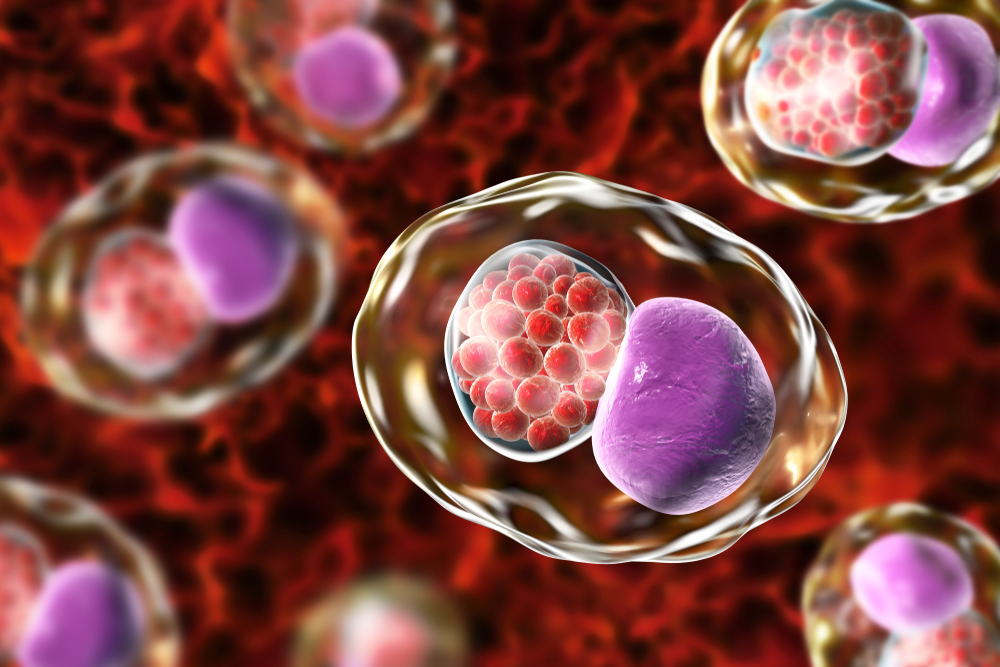Overview
Chlamydia is a common sexually transmitted infection (STI). Caused by a bacterial infection, most people unfortunately do not experience any symptoms. Chlamydia trachomatis affects both men and women and in all age groups but is more prevalent in sexually active teenagers and younger adults. Treatment is normally a short course of antibiotics and it is worth treating, as otherwise it can lead to more significant health issues.
Key Facts
- Chlamydia is passed on by having oral, vaginal or anal sex without a condom
- You can have it without any obvious symptoms so if you are having sex regularly (particularly unprotected), it is worth getting tested at least once a year
- If not treated, it can permanently damage a woman’s reproductive system, which can make it harder to conceive
Symptoms
For most people who have chlamydia, they do not notice any symptoms. For those who do experience symptoms, they normally appear between one and three weeks after having unprotected sex with someone who has it. Be aware that the symptoms can disappear after a few days but if not treated, you can still have it and can pass it on to others.
Symptoms in women
Over 70% of women do not experience any symptoms of chlamydia. For those who do, the most common symptoms are: pain when urinating, pain in the stomach or pelvis, unusual vaginal discharge, bleeding between monthly menstrual cycles, pain during sex or bleeding after sex. If it is left untreated, it can spread to the reproductive system and cause pelvic inflammatory disease (PID) [WILL NEED TO LINK TO PID ENTRY ONCE COMPLETED]. This can lead to ectopic pregnancies and infertility.
Symptoms in men
Over 50% of all men have no symptoms of chlamydia. When they do, the most commonly experienced symptoms include: pain when urinating; burning or itching sensation inside the penis when urinating, a white, cloudy, or watery discharge from the tip of the penis or pain in the testicles. If the infection isn’t treated, it can cause swelling in the tubes that carry sperm from the testicles as well as in the actual testicles. This can potentially affect fertility.
Chlamydia doesn’t just infect a penis or vagina, it can also be found in:
- The rectum (back passage). This can happen if you have unprotected anal sex. You may experience discomfort and discharge from your bottom
- The throat. If you have unprotected oral sex with someone who has chlamydia, it is possible you’ll contract it although less likely than other ways. Symptoms are rare but can include a sore throat.
- The eyes. This occurs if infected semen or vaginal fluid comes into contact with the eyes. This can cause eye redness, pain, and discharge (conjunctivitis).
Diagnosis
Testing for chlamydia is very simple. As mentioned before because you can have it without symptoms, it is highly recommended that you test regularly if you have unprotected sex with various partners.
Samples are taken from:
- An area that might be infected using a small cotton bud that is is gently wiped over the area such as inside the throat, vagina or anus
- Your urine by peeing into a container. Ideally, this is done one or two hours after the last time you passed urine
If you have symptoms of the infection or your sexual partner has already been diagnosed with it and you had unprotected sex with them, it is likely that you can start treatment before the results are confirmed.
Causes
The bacteria that causes chlamydia is spread through contact with infected genitals or genital fluids (semen or vaginal fluid). Chlamydia can be transmitted through:
- Unprotected vaginal, anal, or oral sex
- Your genitals coming into contact with your sexual partner’s genitals – so even if there’s no sexual penetration, ejaculation or orgasm, you can still get chlamydia from them
- Sharing sex toys that are not cleaned or covered with a new condom each time they are used
- Infected semen or vaginal fluid getting into your eye
Prevention
There are some simple steps you can take to minimise your chances of getting chlamydia:
- use a condom every time you have vaginal, oral or anal sex
- use a dental dam (a piece of thin, soft plastic or latex) to cover the female genitals during oral sex or when female genitals touch or are rubbing together
- Don’t share sex toys with other sexual partners. If you do share your sex toys, properly clean them or cover them with a new condom between each person who uses them
Typical Treatments
Chlamydia is usually treated with antibiotics. It is effective for most people when they follow the medication instructions properly. More than 95% of people will be cured if they take their antibiotics correctly. The typically prescribed antibiotics for chlamydia are:
- Azithromycin – given as 2 or 4 tablets at once
- Doxycycline – given as 2 capsules a day for a week
Other antibiotics are available if you have particular allergies, are pregnant or breastfeeding. Sometimes, a doctor may give you a longer course of antibiotics if they are concerned about complications of chlamydia.
There can be mild side effects such as stomach pain, feeling sick, diarrhoea, and sometimes vaginal thrush in women.
Conclusion
Chlamydia is a very common but treatable sexual health condition. However, it is important that if you test positive for it that your sexual partners, current and recent, are informed so that they can get tested and treated as required.
MOST COMMON







